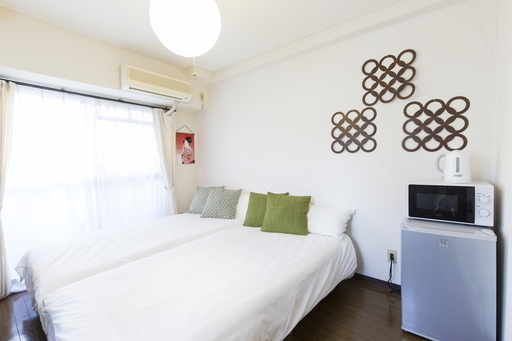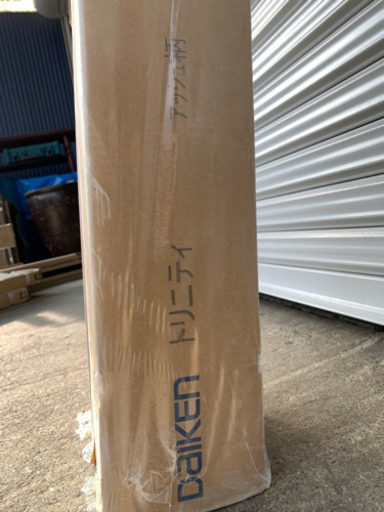
新入荷再入荷
フェザー25 逆輸入車 250cc
 タイムセール
タイムセール
終了まで
00
00
00
999円以上お買上げで送料無料(※)
999円以上お買上げで代引き手数料無料
999円以上お買上げで代引き手数料無料
通販と店舗では販売価格や税表示が異なる場合がございます。また店頭ではすでに品切れの場合もございます。予めご了承ください。
商品詳細情報
| 管理番号 | 新品 :83765127 | 発売日 | 2024/11/19 | 定価 | 250,000円 | 型番 | 83765127 | ||
|---|---|---|---|---|---|---|---|---|---|
| カテゴリ | |||||||||
フェザー25 逆輸入車 250cc
ヤマハ フェザー25 逆輸入車になります。 購入は四年ぐらい前に、新車で買いました。 引越し先が、バイク保管できない為しかたなく出品します。 バイクは半年に1度定期メンテナンスに出しており、走行問題なく、良好です。セルも一発でかかります。 タイヤ溝はまだまだ残ってます。 カバーをしての保管により、錆等ありません。 走行距離は6000kmでした。 ※一度転倒しており、車体右側に傷があります。 10枚目の写真になります。 ご購入検討されてる方で、気になる写真があればお申し付け下さい。 ご購入の際は引き取りを希望しますが、すこし交通が良いところまでお届けも可能です。 また、クレーム、返品無しでお願いします。

































